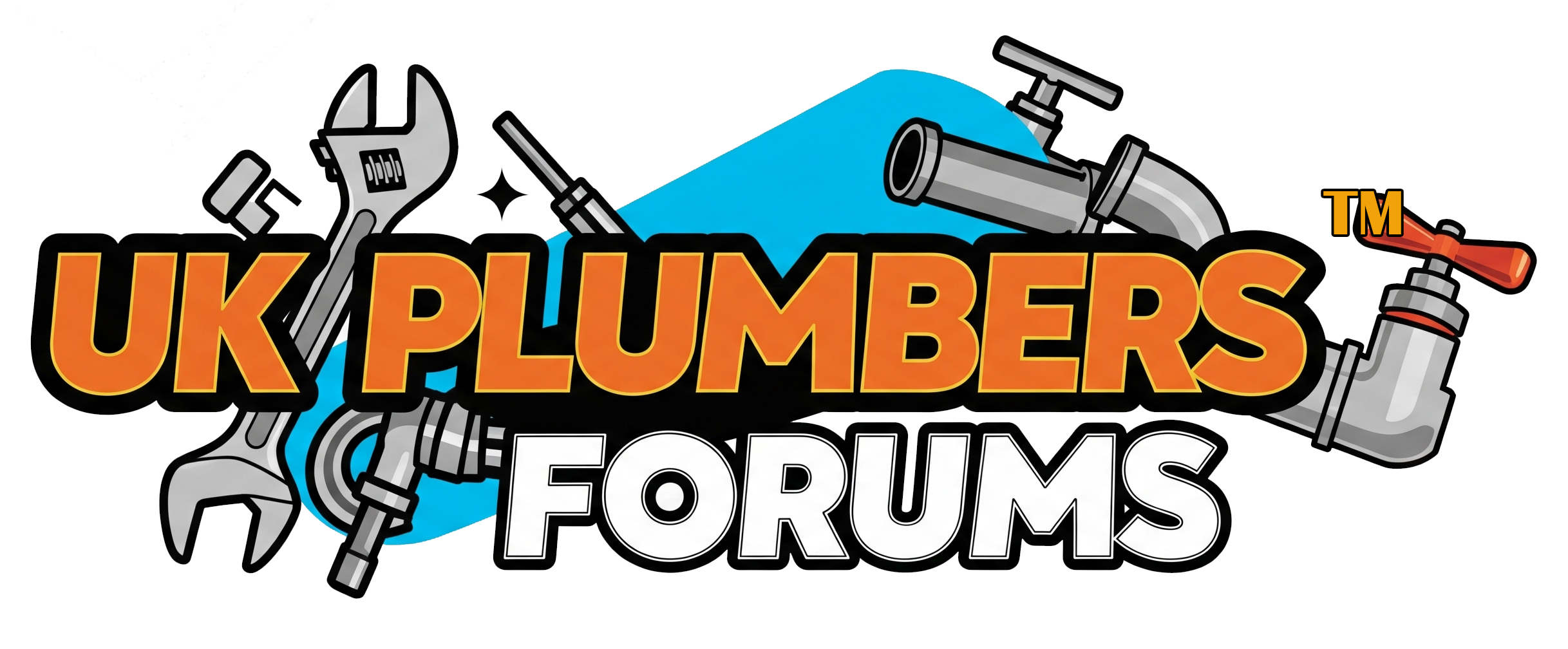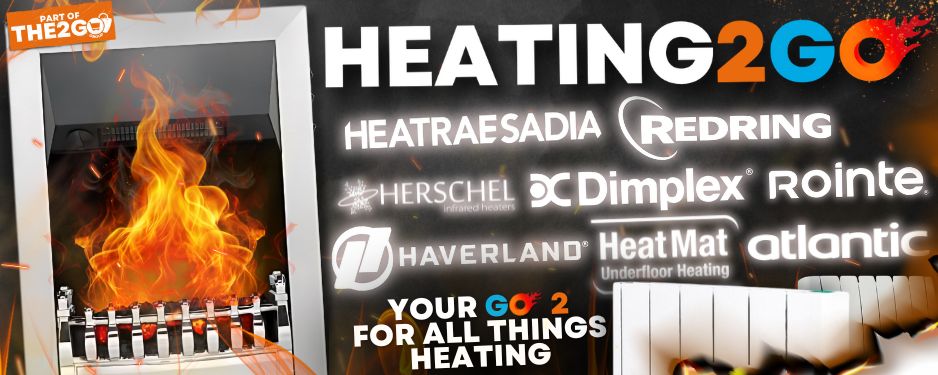I live in a large draughty old house with a 5 year old heating system which was installed from scratch (new rads, pipes, boilers, etc. nothing old left in the system).
The plumber's no longer in business.
The system has two 35kW system boilers connected through a low loss header and then has a standard domestic circulating pump circulating the water around 37 radiators. I used to have thermostatic valves on all the radiators, but to improve efficiency, a couple of years ago I switched to a control system which has an electrically controlled actuator on the radiator valves and can turn individual radiators on and off in individual rooms. The one problem I noticed at the time was that the new electrical valves could only be fully open or fully closed, so I had to go round each radiator and adjust the outlet valve to balance the system. I set each radiator to approximately 11deg temperature drop across it.
Since then the system has worked fine until the last week when we have had the first really cold snap since I switched on the new control system. I have been noticing that, with the much higher heat demand, some radiators, mainly at the top of the house are getting hot, onces in the middle warm, and ones at the bottom stay cold, until the top floor rooms come up to temperature and the valves close, and then the lower floors start to get some more heat.
The two boilers are controlled by a separate control box which calculates heat demand and works out how hard to fire the boilers, and they are not working anywhere near maximum output (I'm judging that by the volume of condensation coming out of the flues - it can be huge clouds when someone uses hot water, but most of the time when the heating is on it's just small amounts).
Is it possible that with so many radiators to feed, my circulating pump is just not man enough to pump the water around all the radiators at the same time? I was surprised when the plumber fitted a standard domestic pump to a system with 37 radiators, but until now I had no reason to question it.
Any thoughts appreciated.
The plumber's no longer in business.
The system has two 35kW system boilers connected through a low loss header and then has a standard domestic circulating pump circulating the water around 37 radiators. I used to have thermostatic valves on all the radiators, but to improve efficiency, a couple of years ago I switched to a control system which has an electrically controlled actuator on the radiator valves and can turn individual radiators on and off in individual rooms. The one problem I noticed at the time was that the new electrical valves could only be fully open or fully closed, so I had to go round each radiator and adjust the outlet valve to balance the system. I set each radiator to approximately 11deg temperature drop across it.
Since then the system has worked fine until the last week when we have had the first really cold snap since I switched on the new control system. I have been noticing that, with the much higher heat demand, some radiators, mainly at the top of the house are getting hot, onces in the middle warm, and ones at the bottom stay cold, until the top floor rooms come up to temperature and the valves close, and then the lower floors start to get some more heat.
The two boilers are controlled by a separate control box which calculates heat demand and works out how hard to fire the boilers, and they are not working anywhere near maximum output (I'm judging that by the volume of condensation coming out of the flues - it can be huge clouds when someone uses hot water, but most of the time when the heating is on it's just small amounts).
Is it possible that with so many radiators to feed, my circulating pump is just not man enough to pump the water around all the radiators at the same time? I was surprised when the plumber fitted a standard domestic pump to a system with 37 radiators, but until now I had no reason to question it.
Any thoughts appreciated.


